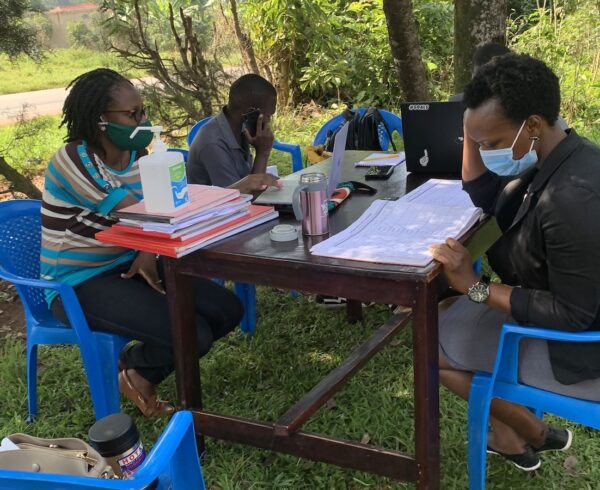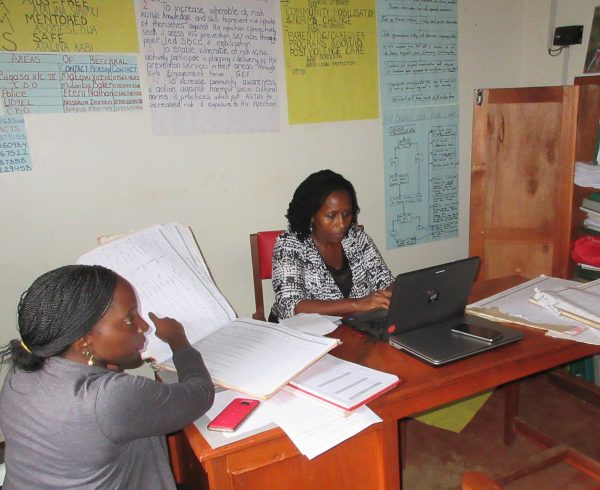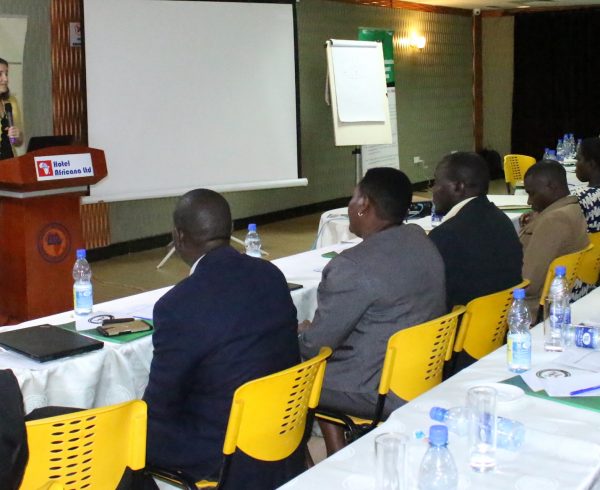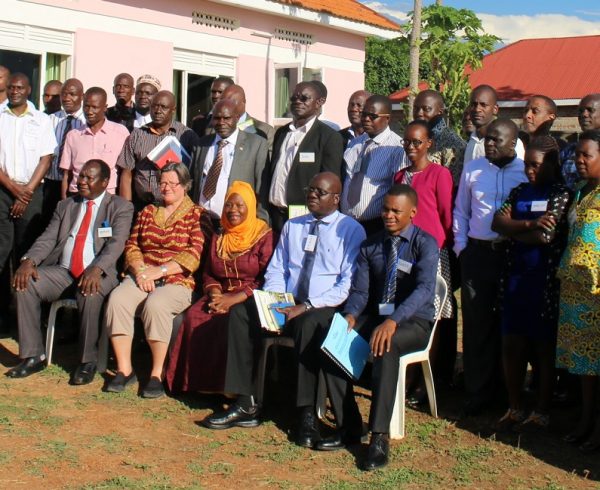14THAUGUST 2018
Imperial Royale Hotel Kampala
TB continues to cause morbidity and mortality in Uganda, a 2014/15 survey put the national prevalence at 253/100,000 people and it was estimated that there were 87,000 new cases of TB annually which is much higher than those in HIV at an estimate of 60,000 per year.
There was a reported growing public health threat from multiple drug resistant strain with 1,900 cases per year, therefore it was in plan to trace TB cases and treat them to control spread, improve facilities and encourage use of data to allow monitoring at all levels of implementations.
The National Tuberculosis (TB) Conference is an innovative platform of the Ministry of Health National TB and Leprosy Program (MoH/NTLP) to discuss issues of TB control in Uganda. This was the second TB conference ever held and METS was one of the three main sponsors of the conference this year. At the same time, METS made a presentation of the results of the landmark evaluation of the impact of the 2013 TB/HIV collaborative policy on the treatment outcomes in TB/HIV co-infected patients. METS was therefore involved as a strategic information partner of the MoH/NTLP. About 450 delegates were in attendance including the Minister of Health, the US ambassador to Uganda Director CDC Uganda, members of Parliament, WHO representatives, the Commissioner NTLP, representatives from the civil society organization, hospital directors, DHOs, TB implementing partners, health workers and MoH officials. The Conference was officially opened by Health Minister, Dr. Jane Ruth Aceng.
The main objectives of the conference were to share innovations in TB case finding and results of assessments conducted, share program priorities guidelines and SOPs, share targets for 2018/19 guidance for DHIS2 TB reporting, district and Regional quarterly review meetings and updating the DAPs and load them on TB INFO
The evaluation of the Impact of the 2013 Uganda TB/HIV collaborative policy on treatment outcomes in patients co-infected with TB and HIV and health provider experiences considered the baseline year of 2013 compared to 2016. The exercise was a collaborative effort by Ministry of Health, CDC, Makerere University and University of San Francisco California with 16 investigators led by Professor William Bazeyo. The four main questions for the evaluation were: whether the implementation of the 2013 Uganda TB/HIV collaborative policy resulted in improvement of TB treatment outcomes in TB/HIV co-infected patients ,Whether implementation of the TB/HIV collaborative policy improved the proportion of HIV patients diagnosed with TB in those newly or already enrolled in HIV care ,Whether there was a difference in the TB treatment outcomes of TB/HIV co-infected patients across the various existing delivery models of TB/HIV collaborative services and What were the views and experiences of facility-level health workers concerning provision of TB/HIV services?
Dr. Simon Walusimbi who presented the key finding of the evaluation that was conducted by METS noted that there was improvement in the cure rates and improved loss to follow up, however there were higher mortality rates. The highest mortality was at the national level because these facilities took on more patients, this he attributed to delayed diagnosis.
The models for care were lacking as more facilities are unable to provide the recommended care for the clients. The facilities that heed to the recommended care approaches registered lower death rates hence there is need to equip more facilities and push for integration for TB in HIV care.
Generally, the senior health providers had knowledge of the disease while the lower cadres (who had higher chances of interface with TB patients) were not fully informed of the guidelines and key aspects of the disease. Insufficient training of the nurses and the mentorships so far provided were found to be inadequate
Some providers expressed their concern that TB was a neglected disease; for example, in the west Nile region, it was found that most clinics were run by lower cadres like nurses without medical practitioners taking the lead. Additionally, there was a general fear by the health workers to work in the highly infectious clinics that treat TB.
General recommendations to eliminate TB were made, these included the involvement of the civil society, availability of high-quality drugs and ordering systems to reduce stock outs, budget restricting given that the TB sector received the least funding from Global funders and the district budgets, yet the annual rates of TB were higher than those of HIV which was heavily funded.
Dr. Simon Muchuro noted that the fight against TB had a number of challenges including limited resources to procure sufficient recommended medications, as well as having enough borders forming in from the health facilities for these drugs. There were several stock outs of registers and aides at national level as well as limited ability to track referrals between facilities.
Nora Owaraga noted that there was need for more funding with 71% of the eradication budget not being funded, she pointed out that the 4% MoH was giving needed an urgent boost given the mortality rates. She further emphasized that there was an urgent need to demystify the interpretations of the communities regarding TB.
Dr. Proscovia Namwenge who represented the AIDS Control Program Manager, Dr. Joshua Musinguzi, said that the HIV prevalence was at 6% and that of TB was at 41% (253 infections per 100,000 people). She noted that there were major milestones in identifying HIV clients in TB care however 97% of the total infected number of PLHIV yielding to TB screening is at 1.9% which was still very low. She further added that there was loss to follow up in TB cases of about 10% and then a good proportion of those initiated in care are not followed up as recommended.
Going forward, Dr. Aceng noted that TB was on the UN assembly for 2018 as a global threat, this high-level meeting would therefore give Uganda an opportunity as a country to shade more light on TB on a national level. This high-profile meeting was to be hosted in Uganda and she called on all stakeholders, especially the honorable members of Parliament to attend and be front runners of the TB related issues in our country. She concluded her remarks by thanking the IPs both from USAID and CDC and the health workers who were risking their health in a bid to end TB.






